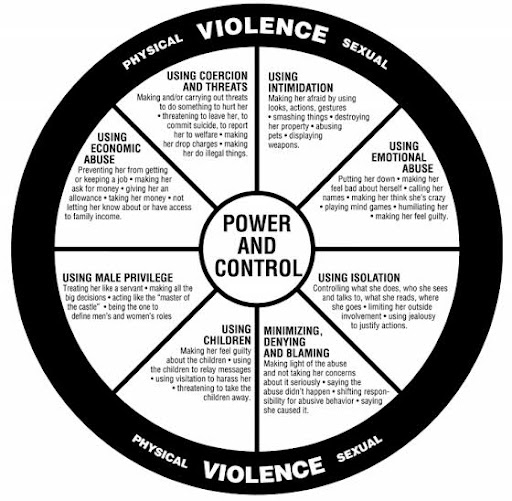Domestic Violence: Signs to Watch Out For
Domestic violence, also referred to as intimate partner violence, is defined as a pattern of behaviour that involves the acquisition and maintenance of power and control over an intimate partner. While explicit physical violence is the most conspicuous manifestation of abuse, intimate partner violence also entails sexual, psychological, economic and emotional assault. Victims of domestic abuse tend not to recognise the signs of assault immediately, often due to personal disbelief or a lack of social support. Recognising the signs of violence is crucial to break the cycle of abuse early. Here are some important signs you must watch out for:
Perhaps the most important predecessor to domestic violence is the exertion of power and control. Some parts of your life your partner may attempt to influence can include-
- Controlling contact with family and friends
- Determining your access to money and finances by putting you on an allowance or hiding bank accounts or credit and debit cards from you.
- Attempts to control what you wear, where you work, what you do and how you live. In short, attempt to make your decisions on your behalf.

Your partner’s behaviour towards you and the people around you is also an important indicator of abuse-
- Belittles and makes fun of you around friends and family.
- Often puts you in an awkward situation where you have to apologize or make excuses on their behalf.
- Does not appreciate you or your achievements.
- Intimidates, threatens and often resorts to physical acts like pinching walls and throwing things during fights or to gain compliance.
- Their rough behaviour scares you.
- Constantly puts their needs above yours and expects you to do the same.
Such a cycle of abuse often begins with a threat followed by the abuse and ends with an apology. Despite countless promises of redemption, nothing changes. Victims of violence must remember that it is not their fault and it is beyond their control to change or “fix” these behavioural patterns.
Understanding that intimate partner violence extends beyond physical and sexual abuse is key. The Power and Control Wheel, developed by the Domestic Abuse Intervention Project explores varied manifestations of violence. It includes signs such as the use of violence against children and pets, intimidation and threats as well as isolating and controlling the victim. Such collations allow for the recognition of violence.
Conclusion
As the world commemorates the International Day for the Elimination of Violence against Women, cognisance must be taken of the implicit and explicit forms violence can take as well as its manifold intersections with caste, class, religion, sexuality, disability, ethnicity and race.
Author

